From the street corner to the world stage, hip hop has grown into one of the world’s most prominent musical genres and cultural influences. Explore significant events in hip hop history and its explosive evolution.

What is Hip Hop
Hip hop is more than music; it’s a cultural movement that incorporates different elements of art. Four foundational elements characterize hip hop culture. The original four main pillars of hip hop include DJing/turntablism, MCing/rapping, B-boying/breaking, and visual/graffiti art. These forms of expression have also developed into further subcultures with lasting legacies.
“Rap is something you do; hip hop is something you live.” KRS One
The intersection of these four elements also generated a cultural revolution that rapidly spread across the globe. The global influence of hip hop culture has shaped music styles, fashion, technology, art, entertainment, language, dance, education, politics, media, and more. To this day, hip hop continues to be a global phenomenon, developing new art forms that impact the lives of new and old generations.
Hip Hop Culture Origins
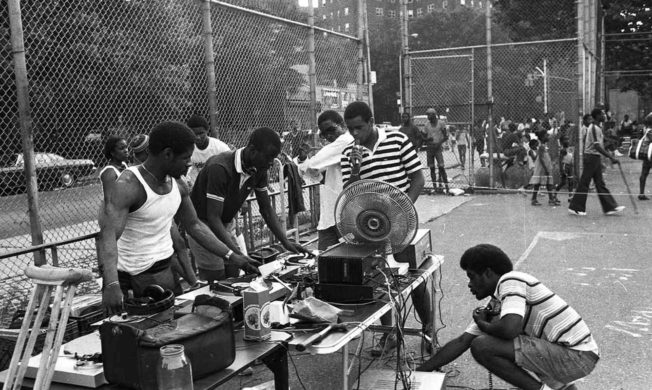
Hip hop is a subculture and an art movement that emerged from the Bronx in New York City during the early 1970s. Its development reflected the negative effects of post-industrial decline, political discourse, and a rapidly changing economy.
Looking back to New York City during this era, we see an economic collapse. The city’s economy was falling apart due to the decline of the manufacturing industry and construction of the Cross Bronx Expressway. Much of the white middle class moved to the suburbs to escape the social and economic challenges. The migration shifted demographics and segregated communities. Conditions worsened in neighborhoods prominently populated by African-Americans, Puerto Ricans, and Caribbean immigrants. Urban despair also brought rising crime, gang violence, and poverty.
Consequently, businesses closed their doors, causing many economic opportunities and sources of entertainment to evaporate. As a result, urban youth turned to the streets for recreation and self-expression. The abandoned buildings and parking lots set the stage for block parties. These block parties laid the groundwork for everything associated with early hip hop culture. DJs and MCs brought the music by setting up mobile “Sound Systems” introduced by Jamaican culture. Sheets of cardboard became dance floors for break-dancers, and brick walls transformed into canvases for graffiti.
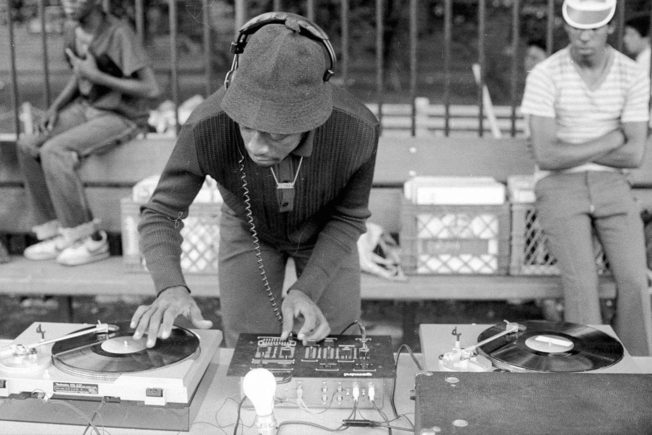
A new era was on the rise fueled by sentiments of anger, hardship, and abandonment. However, the emerging hip hop movement transformed despair and racial barriers into numerous creative outlets. It also became an outlet to deal with violence.
Hip Hop Pioneers
Several people were influential in creating hip hop. However, the most notable pioneers are DJ Kool Herc, Afrika Bambaataa, and Grandmaster Flash. These three innovators are known as the “Holy Trinity” of hip hop.
DJ Kool Herc
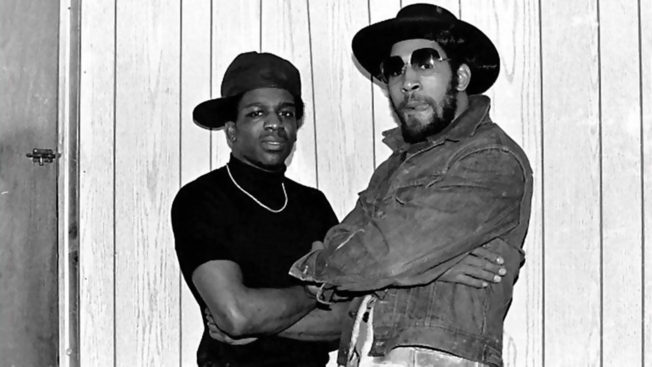
One of the most influential hip hop pioneers was DJ Kool Herc, a Jamaican immigrant regarded as the founding father of hip hop. Kool Herc made history in 1973 when he and his sister hosted the “Back to School Jam” in the recreation room of their Bronx apartment building at 1520 Sedgwick Avenue. This historical party is recognized for launching the hip hop movement.
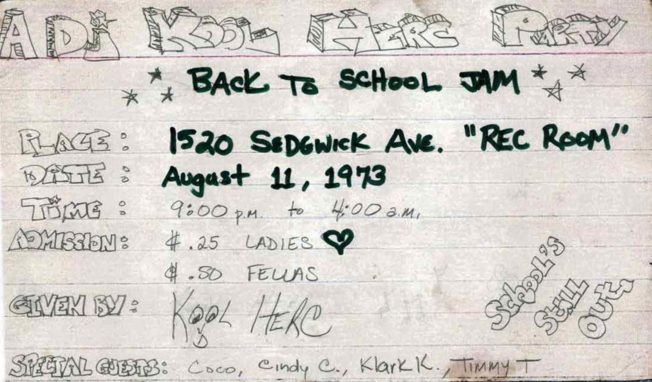
DJ Kool Herc also introduced the “breakbeat” DJ technique – a mixing practice he adapted from Jamaican dub music. However, Kool Herc would play funk, soul, and other genres with percussive sections. Using a pair of turntables, Kool Herc would play two copies of the same record and then switch between them to extend the percussive section known as the break. Kool Herc named this breakbeat juggling style of DJing “The Merry-Go-Round.” This breakbeat turntablism quickly became influential in the rise of hip hop music, rapping, and breakdancing.
About Icon Collective
ICON Collective is a Los Angeles and Online music production school that teaches you core technical skills while unlocking your unique creative process. Mentorships with industry professionals let you access real-world insights and help you personalize your music education. Check out our Music Production Programs.The break section was also the most anticipated part of a song where people danced the most. Break-dancers would form dancer circles and save their best dance moves for the break. Kool Herc named the people dancing to his music B-Boys and B-Girls, which was short for Break-Boys and Break-Girls. Overtime, breaking evolved and became a global subculture that transcended into the mainstream.
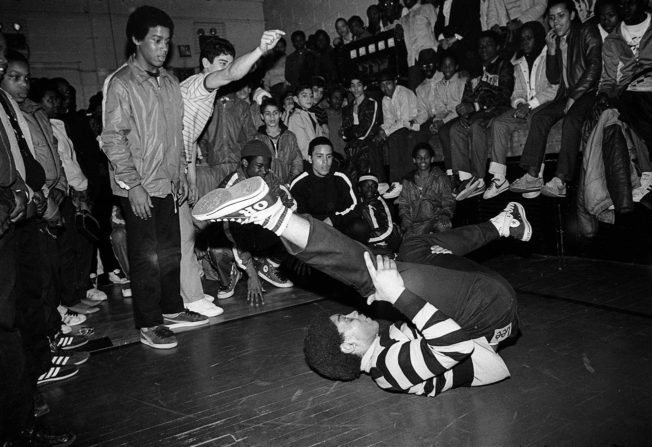
Kool Herc also helped develop the rhythmic spoken delivery of rhymes and wordplay performed by MCs. He would speak in rhythm and rhyme over instrumental parts of songs to hype the crowd. His style of lyrical chanting and rhythmic wordplay was an early form of rapping inspired by the Jamaican tradition of toasting. He would shout phrases like “B-Boys, B-Girls, are you ready? Keep on rock steady,” “This is the joint! Herc beat on the point,” “To the beat, y’all,” and “You don’t stop!”
Kool Herc also enlisted his friend Coke La Rock to control the mic at their parties. During one party, Coke La Rock dropped the line “There’s not a man that can’t be thrown, not a horse that can’t be rode, a bull that can’t be stopped, there’s not a disco that I Coke La Rock can’t rock.” Many consider this verse as the first rap lyrics and Coke La Rock as the first MC of hip hop.
Afrika Bambaataa

Another influential figure of hip hop to emerge from New York City was Afrika Bambaataa, also known as “The Godfather.” Bambaataa was a pioneering DJ and music producer who organized block parties in the Brox during the late 1970s. He was also a visionary who helped guide the city’s youth away from gang life, drugs, and violence. He formed Universal Zulu Nation, a music-oriented organization that encourages peace and unity through the expressions of hip hop culture. Members introduced urban youth to DJing, breakdancing, rapping, and visual art. Soon after, Bambaataa categorized these forms of expression as the “four elements” of hip hop. To this day, Zulu Nation continues to spread hip hop culture throughout the world.
In 1982, Afrika Bambaataa and the Soul Sonic Force released “Planet Rock,” one of the most influential early hip hop songs. Instead of rapping over funk beats, Bambaataa created an electronic sound by sampling Kraftwerk and using the Roland TR-808 drum machine. The song helped popularize the TR-808, which became a staple of hip hop music.
Grandmaster Flash

Grandmaster Flash is another innovative DJ from the Bronx, New York City. He was the first DJ to manipulate records in a backward, forward or counterclockwise motion. He also invented distinct DJing techniques such as the backspin, cutting, punch phrasing, and scratching.
Grandmaster Flash also organized a group called Grandmaster Flash and the Furious Five in 1976. The group became widely acknowledged as one of the most influential hip hop acts. They delivered a unique style by trading off lyrics between four rappers and blending them with Flash’s unrivaled DJ skills. Flash would also perform acrobatic DJing skills by manipulating vinyl with his fingers, toes, elbows, and objects.
Grandmaster Flash and the Furious Five had several influential songs. However, their most prominent song was “The Message.” This critical hit further solidified rap as a genre and put rappers at the forefront for the first time. The powerful lyrics also detailed the grim realities of life in the ghetto, which was a significant shift from the traditional rhythmic chants of early hip hop.
In 2007, Grandmaster Flash and the Furious Five made history again. The group became the first hip hop act inducted into the Rock and Roll Hall of Fame.
Early Music Technology
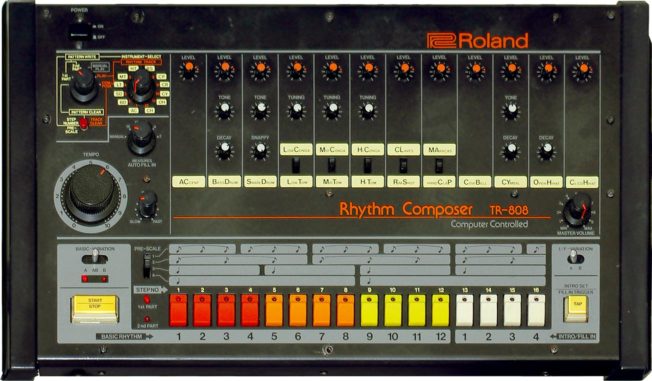
The early 1980s was a vital turning point for hip hop and music production. Synthesizers, samplers, and drum machines became cheaper and more accessible. Roland’s iconic TR-808 drum machine became the weapon of choice. Instead of relying on DJ breakbeats, music producers could now program original drum patterns. The TR-808 also became a cornerstone of hip hop for its powerful bass drum sound.
Sampling technology also emerged during the 1980s. DJs experimented with early samplers such as the Linn 9000, E-mu SP-1200, and the Akai MPC60. They used these samplers to piece together breaks in songs rather than using turntables. Samplers also allowed producers to perform, rearrange sections, sequence arrangments, edit, and mix music in new ways. These production methods were an early form of remixing.
Over time sampling technology advanced. A new generation of samplers such as the AKAI S900 provided increased memory, higher sampling rates, better editing capabilities, and more. Music producers experimented with techniques such as layering sounds, looping, sequencing elaborate arrangements, adding effects, and more.
Turntable and mixer technology also advanced. There was an increase of DJs scratching records to create new sounds and effects. The most influential turntable was the Technics SL-1200 due to its strong motor, durability, and fidelity.
The Golden Age of Hip Hop
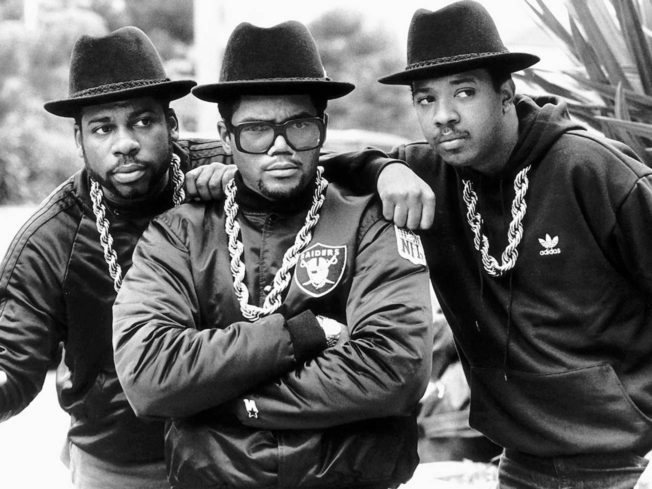
During the mid 1980s and early 1990s, hip hop spread across the country in full force. It brought an era that significantly transformed hip hop culture. This new era became known as “the golden age of hip hop.” Many characterize this turning point by its explosion of diversity, influence, stylistic innovation, and mainstream success.
Record labels recognized the genre as an emerging trend and invested a lot of money into the movement. Independent record labels like Tommy Boy, Prism Records, and Def Jam became successful. They were releasing records at a fast pace in response to the demand generated by local radio stations and club DJs.
New scenes and different styles of hip hop also emerged from city to city as the culture popularized. However, hip hop music was still mostly experimental. Although, the new generation of hip hop producers had access to more advanced drum machines and samplers that allowed them to take hip hop music to the next level.
One of the definitive characteristics of hip hop’s golden age was the heavy use of sampled music. No copyright laws protected music from being sampled, so artists could use samples from a variety of sources without legal troubles. They were capturing samples from various genres ranging from jazz to rock music. However, sampling was not limited to music. R.Z.A. of the Wu-Tang Clan sampled sound clips from his collection of 1970s Kung Fu films.
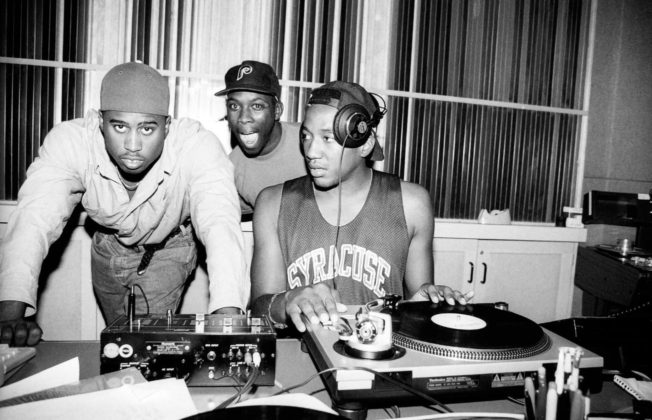
The lyrical content of hip hop developed as well. The early rhythmic chants of the 1970s progressed into metaphorical lyrics exploring a range of subjects. Artists also performed the lyrics over a more complex, multi-layered instrumental arrangement. Artists such as Melle Mel, KRS-One, Rakim, Chuck D, and Warp 9 were pivotal in advancing hip hop lyrics and the art of rapping.
There was also a wave of new school rappers who were pivotal in bringing hip hop to the mainstream. At the forefront was RUN DMC, a hip hop trio who fused rap with hard rock. They took rap into the Top Ten when they collaborated with Aerosmith on a rap remake of “Walk This Way.” The single conquered the radio and MTV, catapulting rap even further into the mainstream. Some other innovators in the golden age of hip hop were L.L. Cool J, Public Enemy, the Beastie Boys, A Tribe Called Quest, and many others.
It wasn’t just the music propelling hip hop culture. Hip hop fashion also hit the mainstream. Various clothes, shoes, accessories, and hairstyles became a form of expression. Street slang, later known as Ebonics, also crossed over into the mainstream. For example, the words “bling” and “fo’ shizzle” have been added to the Oxford English Dictionary.
Sampling and Copyright Laws
![]()
Rap music heavily used sampling in the early 1990s. Original copyright owners of the music being sampled heard parts of their songs in new rap music. They didn’t like other artists cashing in on their work and wanted compensation for the use of their music.
After many legal actions, the Government passed several copyright enforcement laws. They required artists to clear all samples in advance to avoid lawsuits. However, clearing samples was expensive, and many record labels could not afford to clear all the samples. Hip hop music took a whole new direction, and producers had to make original sounds rather than relying heavily on samples. We heard a different sound because producers were no longer sampling commercially released songs. As a result, the music lost much of its jazz and soul influences.
Mainstream Influences
Hip hop music became even more commercial, becoming the top-selling music genre by the late 1990s. Different regional styles also emerged such as West Coast hip hop, gangster rap, Southern rap, rap rock, and various other genres. A new wave of artists also emerged, such as N.W.A., Dr. Dre, Tupac Shakur, Snoop Dog, the Notorious B.I.G., Nas, Jay-Z, and several others. By the end of the decade, hip hop was an integral part of popular music. It even found its way into mainstream pop and electronic music.
Conclusion
Hip hop history has a fascinating story worth exploring more. This cultural movement has seen considerable change and evolution since its inception in the seventies. What began as a local movement intended to provide a haven for African-American and Puerto Rican youth in New York City, has become a global phenomenon. To this day, hip hop continues to be a dominant force influencing the culture around the world.